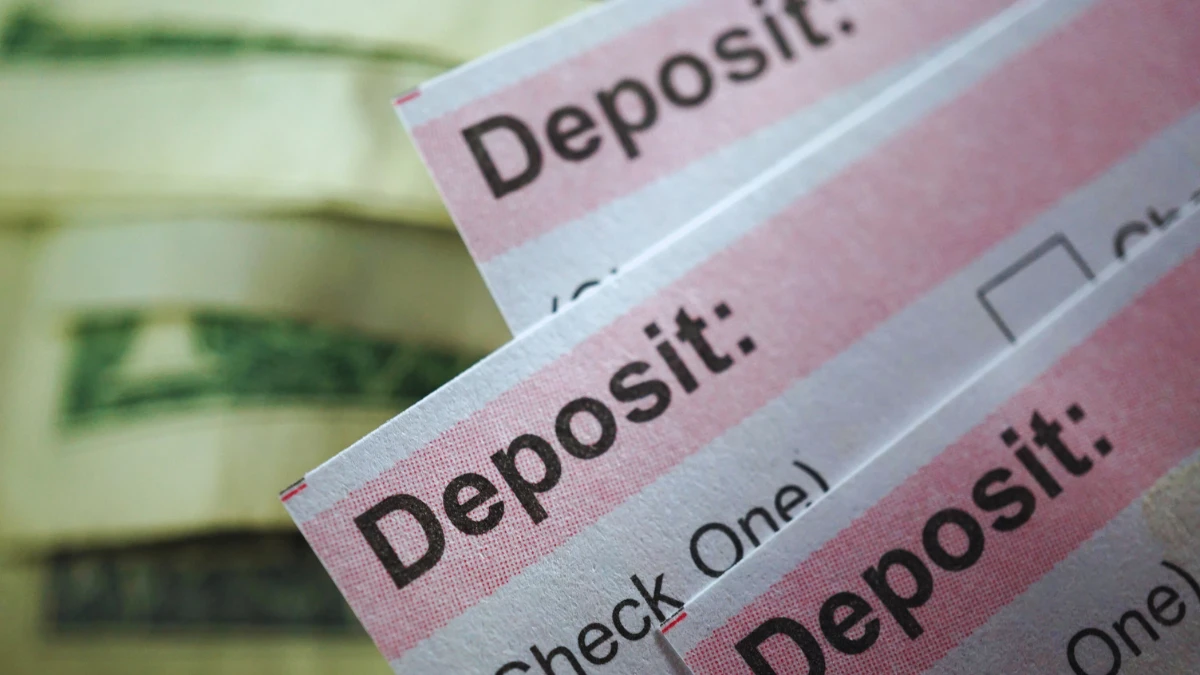
Feel stuck earning pennies on your savings while banks rake in profits? Your hard-earned money sits in accounts paying a measly 0.5% while inflation eats away 3-4% annually.
That’s a losing game. But what if you could flip the script and earn 5% interest, guaranteed and risk-free?
Savvy savers use a simple tactic that banks hate—so much that they’ll shut your account down when they catch on.
I’ll show you exactly how to use this strategy to multiply your interest earnings tenfold, why banks fight against it, and how to stay one step ahead of their restrictions.
The Tactic: Chasing Promotional Rates or Loopholes

Banks lure new customers with flashy 5% APY offers that seem too good to pass up. Smart savers spot these deals and jump from bank to bank as promotions expire.
They create accounts, deposit the maximum allowed amount, collect interest for 3-6 months, and then withdraw everything when rates drop. This constant movement of funds across institutions keeps their money earning at the top rates.
Some banks cap high-interest accounts at certain balances—say $10,000 or $25,000. Clever customers work around this by opening multiple accounts, sometimes using slight variations in their name or different family members as account holders.
Many also join credit unions through minimal qualifying actions, like making a $5 donation to gain membership access to exclusive high-yield accounts that regular banks don’t offer.
The whole process takes work. These rate-chasers track dozens of accounts, set calendar reminders for promotion end dates, and study fine print for early withdrawal penalties.
They maintain spreadsheets of login credentials and constantly scan financial forums for tips about new offers. For those willing to put in this effort, the reward is consistently earning 3-5% when most people settle for much less.
Why Banks Ban It?
Financial institutions eventually catch on to rate chasers and account structure tactics. They notice patterns of behavior that conflict with their business goals.
When too many customers exploit these high-yield offers, banks must take action to protect their bottom line. Here’s why they shut these tactics down:
1. Costly Deposits

Paying out 5% interest puts a serious strain on bank profits. Each dollar sitting in these accounts costs the bank significantly more than standard savings accounts that pay 0.5% or less.
When the Federal Reserve benchmark rate sits at 3-4%, banks lose money on every dollar they pay at 5%. This math simply doesn’t work for their business model in the long term.
Banks calculate these offers assuming most customers will keep funds beyond promotional periods or bring additional business.
They expect deposits to eventually fund loans at higher rates. Most customers’ inertia makes this profitable. But rate chasers shatter this equation by maximizing interest earned while minimizing funds left after promotions end.
The economics become even worse during falling rate environments. Banks might commit to promotional rates only to watch the Fed cut rates, leaving them stuck paying above-market yields.
When too many savvy customers exploit these gaps, what started as a calculated marketing expense turns into a serious financial liability.
2. Promotional Abuse

Banks design promotions to acquire long-term relationships, not short-term depositors. Marketing teams budget specific amounts to bring in each new customer, expecting them to stay for years.
They measure success by customer lifetime value, not three-month engagement metrics. Rate chasers ruin this calculation.
These customers take high interest, avoid account fees through careful balance management, decline additional products, and withdraw everything when rates drop.
From the bank’s perspective, this behavior looks like gaming the system. The acquisition cost for these customers never pays off because they have no intention of building a banking relationship.
What makes this particularly frustrating for banks is the resource imbalance. Their most expensive customers become those who bring the least value.
Banks track metrics like cost-per-acquisition and revenue-per-customer, and these numbers look terrible when applied to serial promotion hunters who jump from bank to bank collecting bonuses and high rates.
3. Operational Risks

Bank systems aren’t built for the constant churn created by rate chasers. Large inflows followed by complete withdrawals months later create liquidity planning headaches.
Banks must maintain specific reserve ratios, and volatile deposits make this requirement harder to manage.
Regulatory concerns also arise when customers rapidly move large sums. Anti-money laundering systems flag unusual account activity, triggering reviews that cost staff time and resources.
Multiple accounts from the same household or address often trigger fraud alerts. These false positives waste compliance resources that could focus on actual financial crimes.
Customer service teams face additional burdens too. Rate chasers often need help with account setup, forgotten passwords, and closure processes.
Each interaction costs the bank money while providing no long-term value. When multiplied across thousands of accounts, this operational strain becomes significant enough that banks would rather simply ban the behavior altogether.
How to Earn 5% Interest Risk-Free (Before They Shut It Down)
Banks might not want customers to maximize their interest earnings, but that doesn’t mean you can’t take advantage while these opportunities exist.
Several strategies help savers capture these high rates before institutions catch on and change their policies. With some planning and organization, you can keep your money working harder for you.
1. Chase Promotional Rates

Many banks offer temporary high-yield accounts to attract new customers. These rates typically last 3-6 months before dropping to standard levels.
You can find these offers by checking bank websites, financial forums, and rate comparison sites like Bankrate or NerdWallet.
The strategy works best when you create a rotation schedule. Open a new account with a promotional rate, transfer your funds, and set a calendar reminder for when the promotion ends.
About two weeks before expiration, scout for the next bank offering 5% and prepare to move your money again. Some banks even allow you to reapply for promotions after staying away for 6-12 months.
Keep good records of where your money sits and when promotions expire. Many savvy savers maintain a spreadsheet tracking account details, login credentials, and key dates to manage this process efficiently.
2. Structure Accounts to Bypass Limits

Banks often cap how much money can earn at their highest rates. For example, a bank might pay 5% on only the first $5,000 or $10,000. This limitation shouldn’t stop you from maximizing returns on larger sums.
You can open multiple accounts at the same institution using slight variations in your registration details. Some people use their middle initial in one account and their full middle name in another.
Others open accounts with different email addresses or phone numbers. Many banks allow joint accounts too, so you might open one account alone and another with your spouse to double your high-rate capacity.
Family members can help expand your strategy further. With permission, help your parents, adult children, or siblings open high-yield accounts.
This approach multiplies your access to promotional rates while keeping everyone’s money FDIC-insured.
3. Exploit Niche Account Types

Credit unions frequently offer better interest rates than traditional banks due to their member-owned structure. Many people don’t realize how easy joining has become.
Most credit unions now allow anyone to qualify through small charitable donations or membership inaccessible organizations.
Look for credit unions with “anyone can join” policies. These institutions might require a one-time $5-10 donation to a partner charity or association membership costing $25 annually.
This small fee pays for itself quickly when your savings earn 5% instead of 0.5%. Student and youth accounts sometimes feature higher rates too.
Banks hope to build lifelong relationships with young customers, so they offer attractive rates on accounts for people under 25.
Parents can help minor children open these accounts and manage them until they reach adulthood.
4. Use Fintech “Auto-Optimizers”

New financial technology companies have created apps that automate the process of finding and using high-yield accounts.
These services connect to multiple banks behind the scenes and move your money to capture the best rates without requiring constant attention from you.
Apps like Yotta and Prize Pool use prize-linked savings models, where your interest comes partly as guaranteed earnings and partly as chances to win larger amounts.
The expected value often exceeds 5% when calculated properly. MaxMyInterest automatically shuffles your cash between partner banks as rates change, keeping your money at whichever institution currently pays the most.
These services charge small fees, typically 0.1-0.3% annually. Even with these costs, your net returns usually beat standard savings accounts significantly.
The convenience saves hours of manual account management and reduces the chances you’ll miss rate changes.
y when you notice these signals to preserve your high returns. Your banking history matters too.
Some institutions track customers who frequently open and close accounts. Spread your activity across many banks rather than repeatedly targeting the same few.
This approach helps you avoid internal blacklists that some banks maintain for customers they view as unprofitable.






